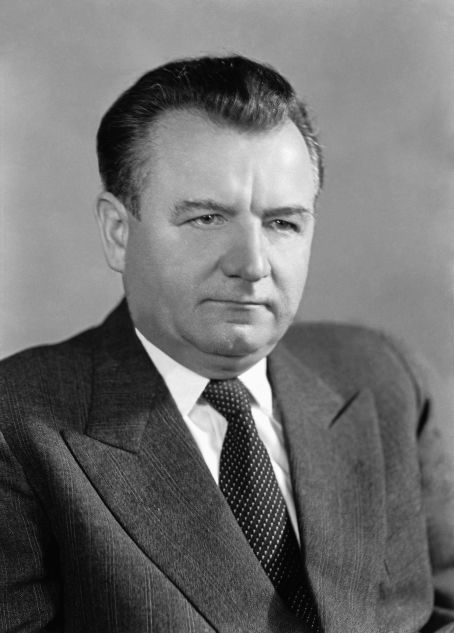On 26 May 1946, the first free elections after World War II took place in Czechoslovakia to elect 300 members of the Constituent National Assembly. The Constituent Assembly gained the right to draw up and adopt a new constitution and to exercise legislative power. The next democratic elections in the country would not take place until after the collapse of the socialist bloc some 44 years later.
Only eight active political parties who were members of the National Front of the Czechs and Slovaks were allowed to vote. Voting was compulsory; those who disagreed with the National Front's policies were left free to cast a blank ballot.
The Communists, supported by 43 percent of the vote, received half of the portfolios in the government, headed by Klement Gottwald, a committed Stalinist and former comintern secretary until 1943. Soviet support for the Communists was unprecedented, ranging from organising various mass cultural and sporting events to directly influencing political decisions.
The system of the National Front and the broad coalition of parties continued for another year and a half. On 4 July 1947, the Czechoslovak Cabinet voted for the Marshall Plan and to participate in the Paris Conference. But on 7 July, Gottwald was summoned to Moscow where Stalin demanded an explanation – and on his return, Czechoslovakia gave up both. At the same time, under the deportation policies, Germans and Hungarians were expelled from the country. The economic situation worsened and most citizens saw this as a consequence of the rejection of the Marshall Plan. After the non-Communist ministers left office on 25 February 1948, the Communists took full control of the country.
Source:
Inna Vashkevich, “Internal Political Struggle in Czechoslovakia 1943-1948”, Journal of Russian and Slavic Studies, Vol. 4, 2009
























